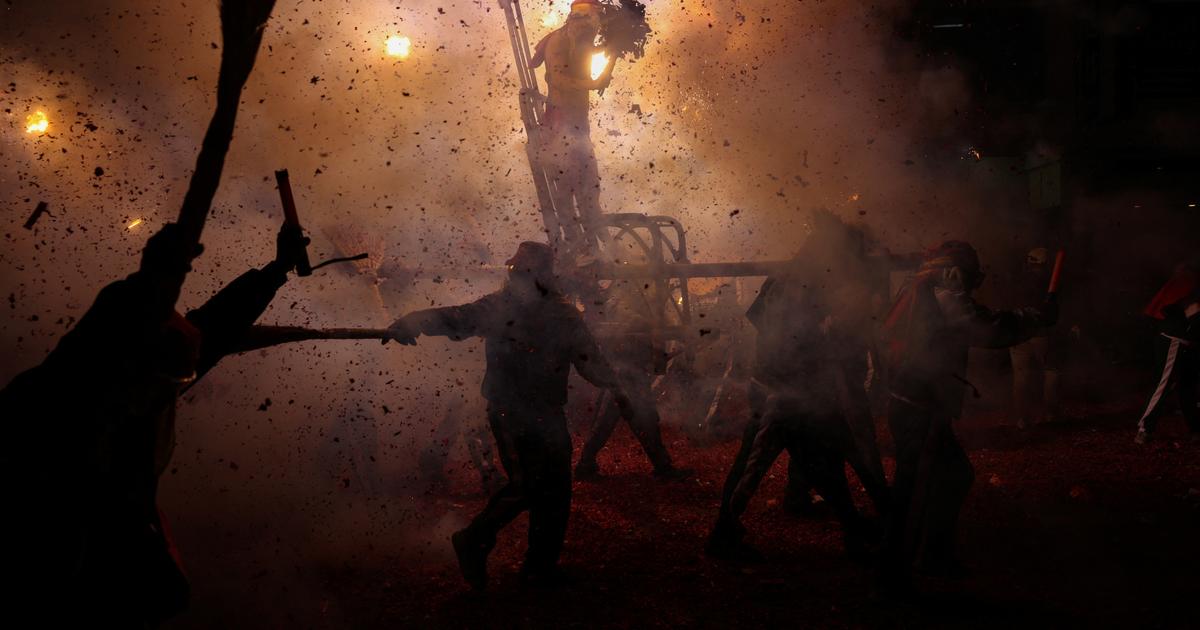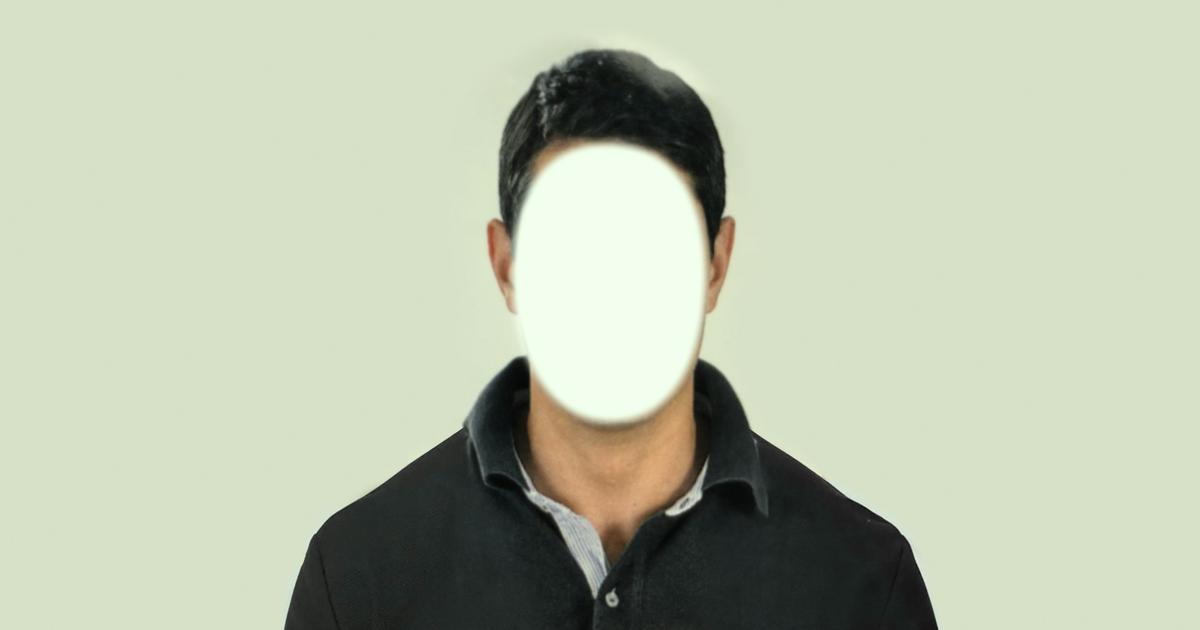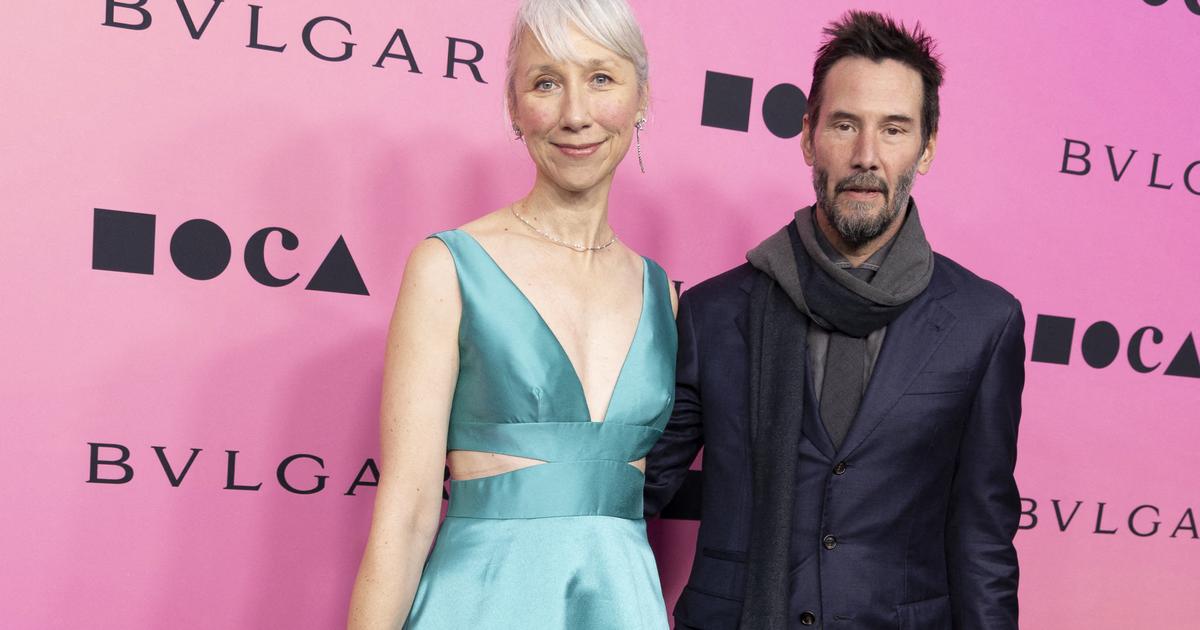It is easy to admire the fortress of Han Nefkens.
Born in Rotterdam in 1954, he studied Communication Sciences in France and the United States, worked for more than a decade as a correspondent in Mexico City, and then focused on writing once he discovered that he was HIV-positive.
He told it in a semi-autobiographical novel,
Borrowed Time: News from a distant country
(Alfabia, 2011), starring two brothers infected with the AIDS virus, which raged in the late 1980s and early 1990s.
More information
Read all the installments of 'Meetings with the great patrons'
In it, part of his own experiences: in 2001, many years after his infection, Nefkens, who lived in Barcelona, became seriously ill with a brain infection caused by HIV, which caused him aphasia.
He had to learn to eat, talk, read and walk all over again.
It was then that he bought the first work in his collection, a video installation by Pipilotti Rist.
Thus was born an absolutely personal set that today totals more than 500 pieces, including photographs, videos, installations and paintings, by names such as Jeff Wall, Roni Horn, Bill Viola, Shirin Neshat and Félix González-Torres.
Powerful, poetic and ambiguous, just as Nefkens defined them during a recent meeting with EL PAÍS in his unique and beautiful apartment in Barcelona, these pieces speak of his good taste, as well as his sense of risk.
Still from Musquiqui Chihying's video, The Lighting (2021).
At the end of the 2000s, he created the foundation that bears his name, which is dedicated to social integration and the promotion of art.
“It would seem that in a career there would always be a strategy with steps to follow”, he argues in Spanish, “but in my case it was not like that: everything has been organic, and from one thing I naturally went on to another.
In 1999 I was in Paris, I hadn't collected anything yet, although I loved art and went to museums.
Everything changed during a visit to a Pipilotti Rist exhibition at the Musée d'Art Moderne.
The pieces were projected everywhere, so that the viewer was part of the work, felt the moisture on his skin, smelled the grass, flowed with the music and immersed himself in the creation.
I remember leaving there saying: 'I want to be part of this world, and I want to share this enriching experience with other people.'
The idea of collecting to have works does not interest me.
I collect experiences in very different ways and I like to share them”.
His determination brought with it a challenge.
But he did his homework.
He sought advice from the former director of the Central Museum in Utrecht, Sjarel Ex, “a very open person”.
“We went to [the fair of] Art Basel and we were nourished by the differences between our aesthetic sensibilities.
And in the two hours we spent there, I didn't visit the fair much, because I spent that time dazzled by a work by Pipilotti Rist.
Coincidentally, he told me: 'Come, I want to show you a piece that really interests me'.
And he took me to the Pipilotti play!”
That work was deposited in the museum, and so I began to collect, always thinking of the space of a museum, not of a house: I could buy sculptures, installations or series, because they can be shown in a museum.
Later, Sjarel was appointed director of the Boijmans Van Beuningen in Rotterdam, my city.
In 2005, a project was embarked on that consisted of following different artists for five years.
He did not buy existing works from them, but instead encouraged them to produce new ones.
“I was noticing that many creators needed financial help to be able to carry out their work.
In this way I realized that producing is much more interesting than buying an already created work.
Why?
Because it is an adventure that you begin with the artist, who transmits his doubts and his wishes to you, because you follow him in the process, because the result can be surprising, and because what you are saying is: 'Go ahead, seeing what you have done , I trust you".
That was how he focused on his “first love”: video art.
Since its foundation, she has collaborated with other institutions, from Beijing, Dubai, Brussels and Kuala Lumpur to the Antoni Tàpies and Joan Miró foundations in Barcelona.
“From the dynamics between them, us and the institutions that participate in the process, an exchange arises, until an agreement is reached in which each one offers generously, thinks of the best for the group and abandons the ego, so that, by In the end, the artist is given money and a deadline to create, and then they can exhibit at top-tier institutions.”
Robert Ruiz
But what led you to leave the Netherlands?
“The fact that the country was very small and very gray for me, which is why I left it when I was 19 years old”, answers this globetrotter with a smile, deciding to settle down in Barcelona, the city in which he feels so comfortable.
In a world invaded by images, the question arises: what kind of video art moves you today, in this convulsive 2022, in the midst of the Russian invasion of Ukraine and after a devastating pandemic?
“What what I collect has in common, above all to satisfy my most personal taste, is the aesthetic quality and, to put it in some way, a certain contained strength”, he replies.
His other passion has been and is writing.
“I started writing in Dutch,” he recalls, “but I've been abroad for almost 50 years and my readers are international, so now I write in English, always with autobiographical elements and with some literary license.
That's what I do, that's what I do.
It is a necessity.
Because by writing I am exploring my thoughts, so to know what I think, I must write.
And even if nobody read me, I would write for myself, at the same slow pace, once every two weeks.
When you have read a book that you like, you want your friends to read it to share the feeling you have had.
That's what moves me: connecting with people."
And what will the future of the foundation be like when he is gone? “Given the high degree of personal involvement that I have, although there will be money to continue with the task for 10 or 15 years, I think that later it will not be possible.
In the meantime, I do this, among other things, because it gives me a lot of pleasure.
The life of a writer is very lonely.
And on the other hand, my life in particular, as well as the problems I have faced, have helped me to relativize the value of things and to revalue helping others.
Because, apart from that, knowing that I have always been different has helped me to act in a different way than usual”.














